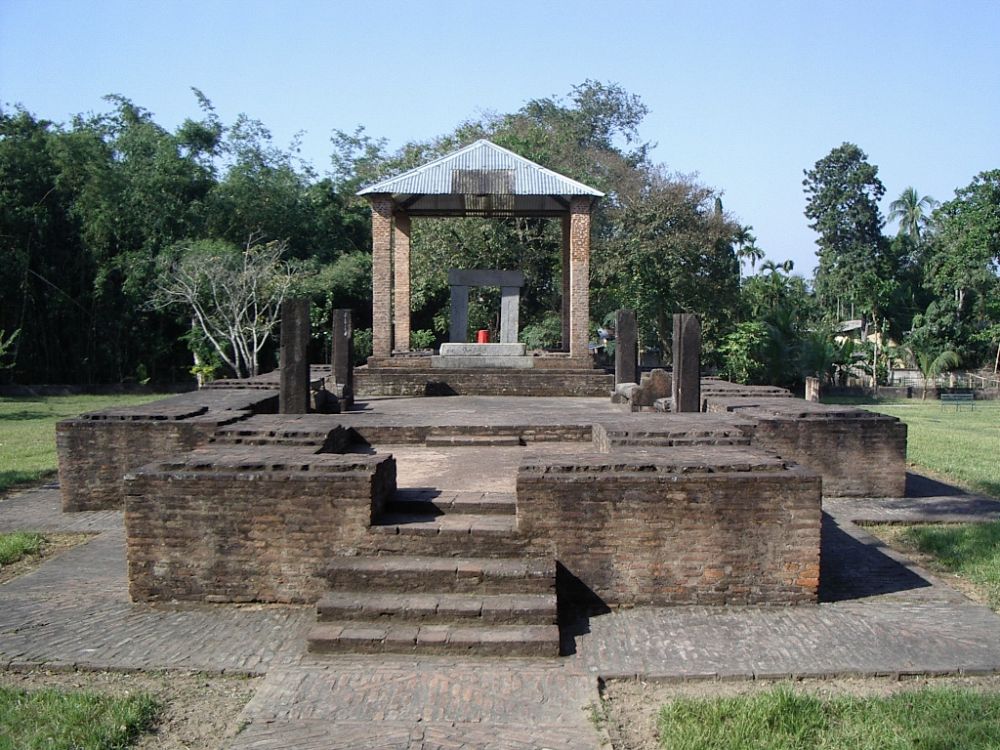

The history of tourism at Da Parbatia Gate in Tezpur, Assam, is inextricably linked with the region's rich cultural heritage and ancient history. Da Parbatia is a small village on the outskirts of Tezpur town, and its most significant historical relic is the ancient door frame belonging to a 6th-century temple, which illustrates the architectural brilliance of the Gupta period.
Tezpur is steeped in mythology and ancient history, often referred to as the City of Blood (Sonitpur) due to the legendary battle fought here in the mythological epics. The door frame at Da Parbatia is one of the earliest examples of the sculptural art in Assam and is a protected monument under the Archaeological Survey of India. Its significance lies in the intricate carvings that reflect the skill and artistry of the ancient Assamese craftsmen. The sculptures on the door show an influence of the Gupta style of architecture, making it a vital piece of historical evidence for scholars and historians and an intriguing site for tourists.
Over the years, as scholars and enthusiasts began exploring the ancient heritage of Assam, Da Parbatia Gate gained prominence as a must-visit location for those interested in early Indian history and architecture. The Government of India and Assam Tourism Development Corporation have taken steps to preserve and uplift the area to enhance its appeal to tourists.
In recent times, there has been a noticeable trend towards experiential and educational tourism where travelers seek out places that offer a deep dive into the cultural and historical context of a region. Da Parbatia caters to this trend well by providing visitors with a tangible connection to Assam's early historical period.
Eco-friendly practices and sustainable tourism have also gained popularity, and in regions around Tezpur, there is a conscious effort to incorporate these practices so that tourism development does not come at the cost of the natural and historical integrity of the site.
For visitors today, Da Parbatia serves not only as a historical site but also as a symbol of Assam's rich past. It is a place where one can walk amidst history, observing the detailed carvings and imagining the grandeur of the past. Engagement with local guides and the promotion of regional handicrafts and cuisine around tourism sites like Da Parbatia has enriched the tourist experience, making it both educational and immersive.
Tour guides and informational plaques offer insights into the site's history, and the picturesque landscape that surrounds it provides an excellent backdrop for those seeking both knowledge and natural beauty.
With the rise of digital media, online platforms, and travel blogging, destinations like Da Parbatia are becoming more accessible to the global community, showcasing Assam’s underrated historical prominence and contributing to the cultural tapestry of India’s tourism destinations.
Whether one is a history buff, architecture enthusiast, or simply a curious traveler, Da Parbatia Gate stands as a testament to the ancient glory of Assam and continues to draw visitors from all over the world with its enduring charm and historical significance.